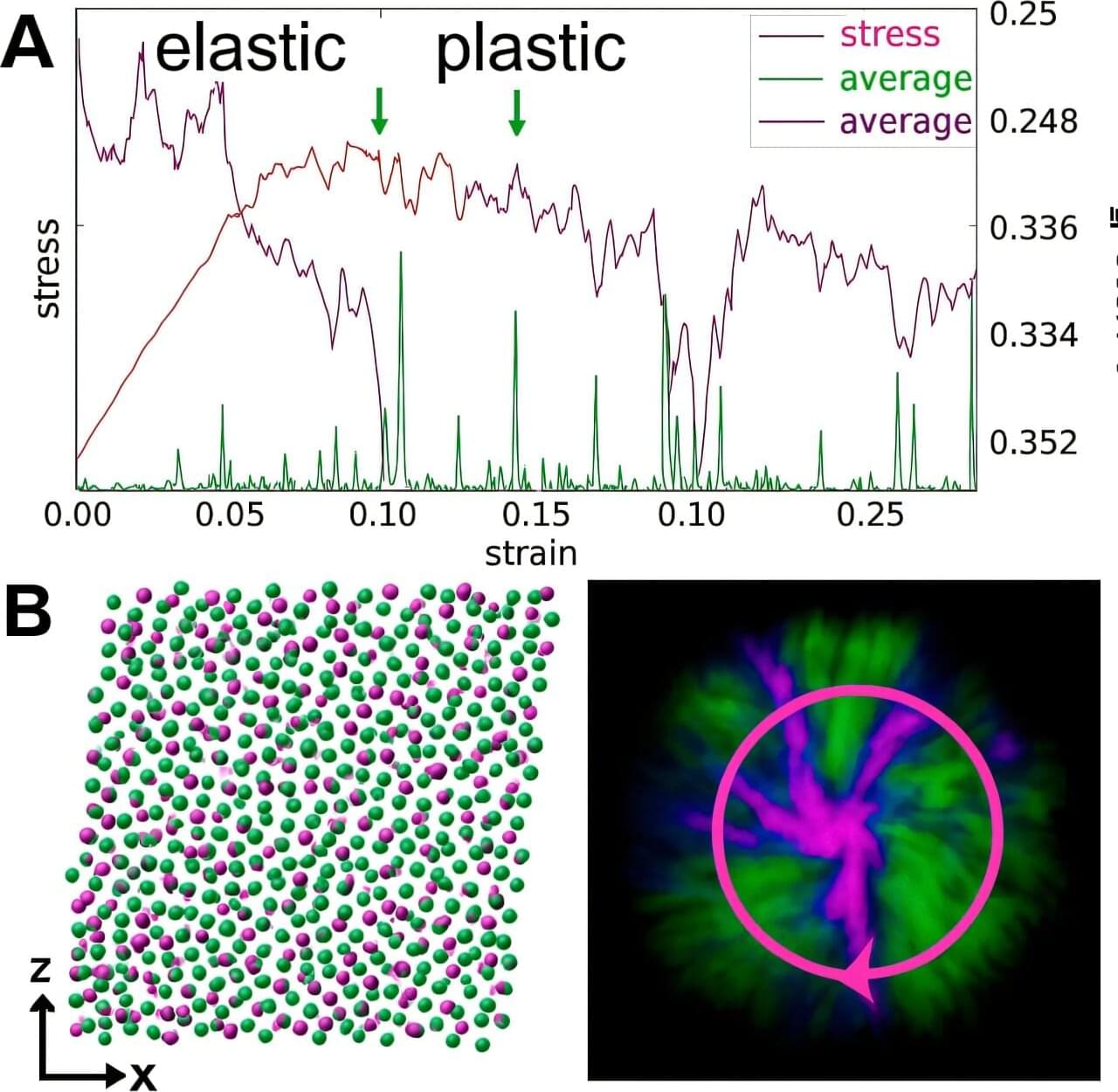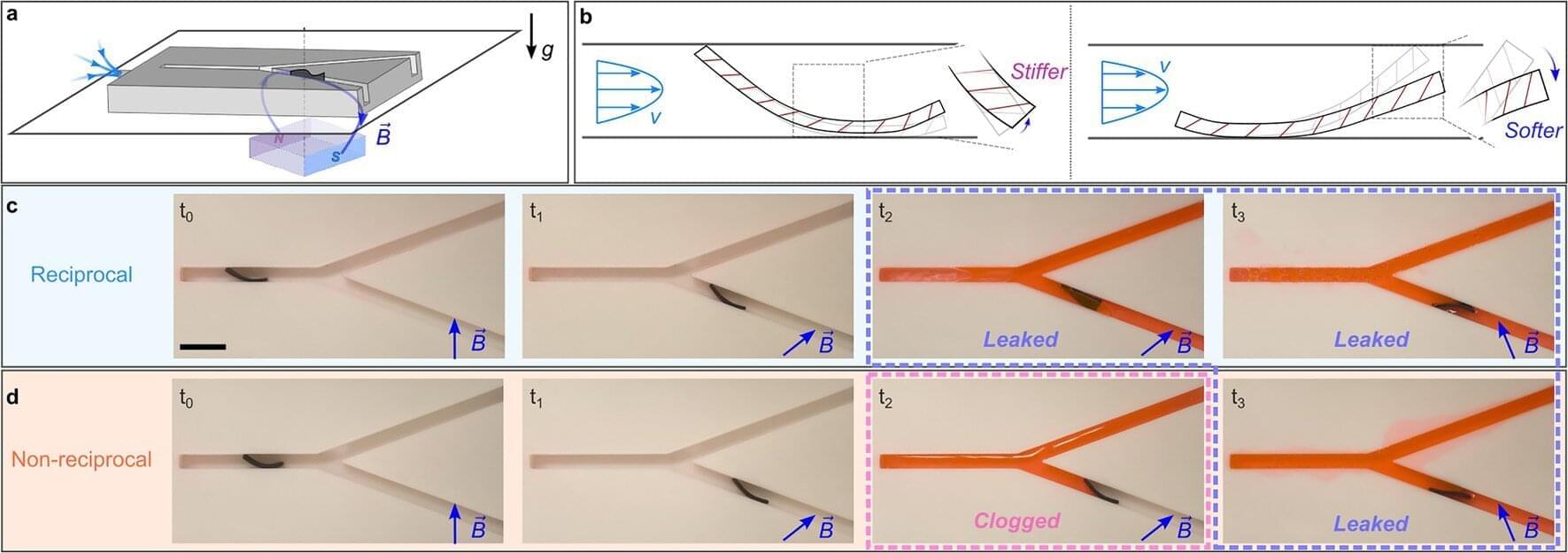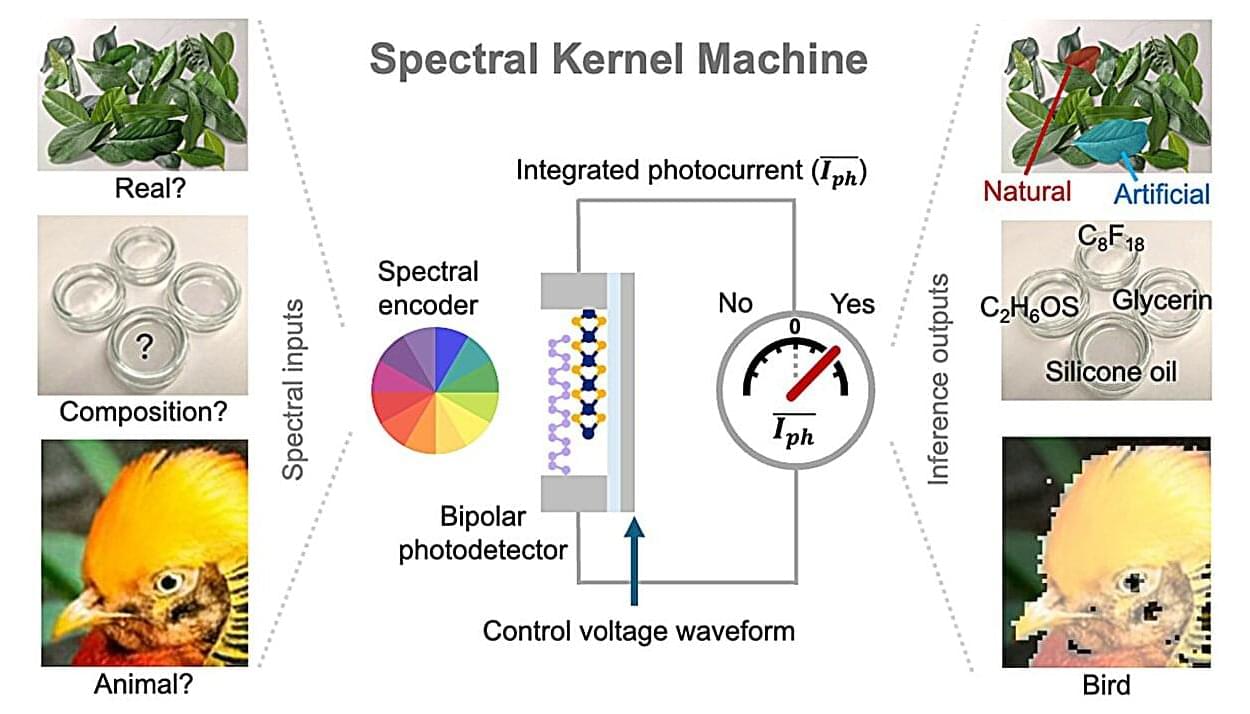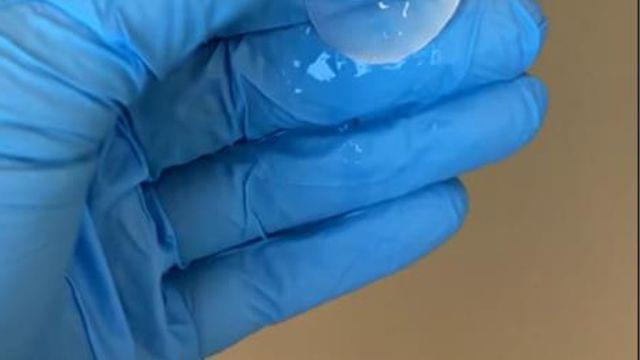A NIMS research team has developed a new experimental method capable of rapidly evaluating numerous material compositions by measuring anomalous Hall resistivity 30 times faster than conventional methods. By analyzing the vast amount of data obtained using machine learning and experimentally validating the predictions, the team succeeded in developing a new magnetic sensor material capable of detecting magnetism with much higher sensitivity. This research was published in npj Computational Materials on September 3, 2025.
The anomalous Hall effect is a phenomenon in which a voltage is generated in a magnetic material when an electric current flows through it, appearing in the direction perpendicular to both the current and the material’s magnetization (that is, from the north to the south magnetic pole). By leveraging this property, changes in magnetization can be sensitively detected as electrical signals, making the effect promising for applications such as read heads in next-generation hard disk drives and high-performance magnetic sensors.








